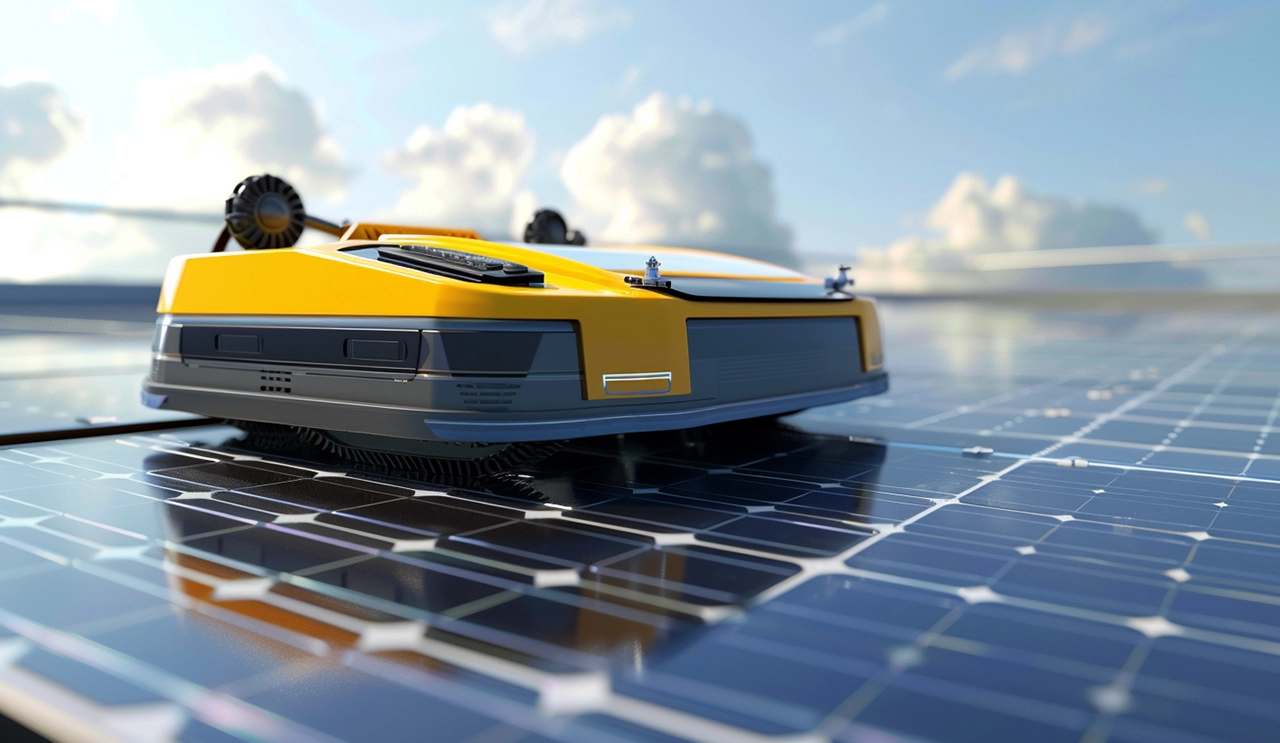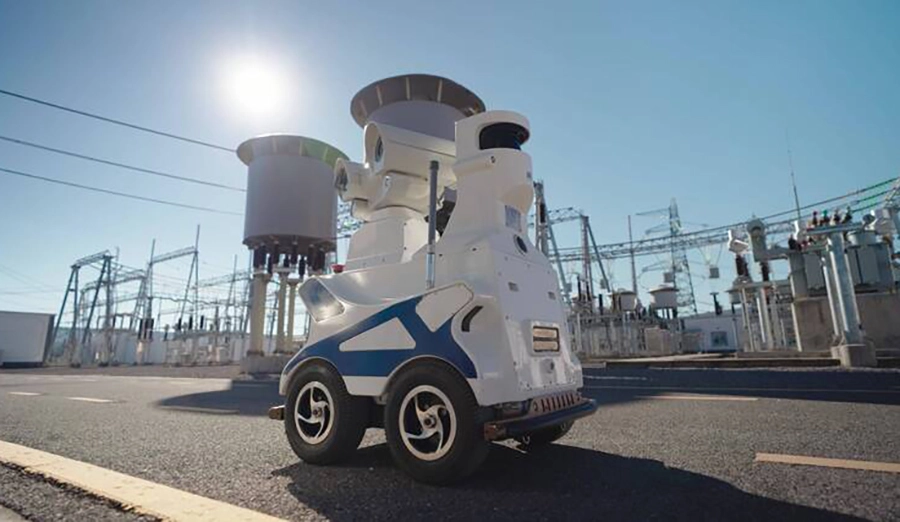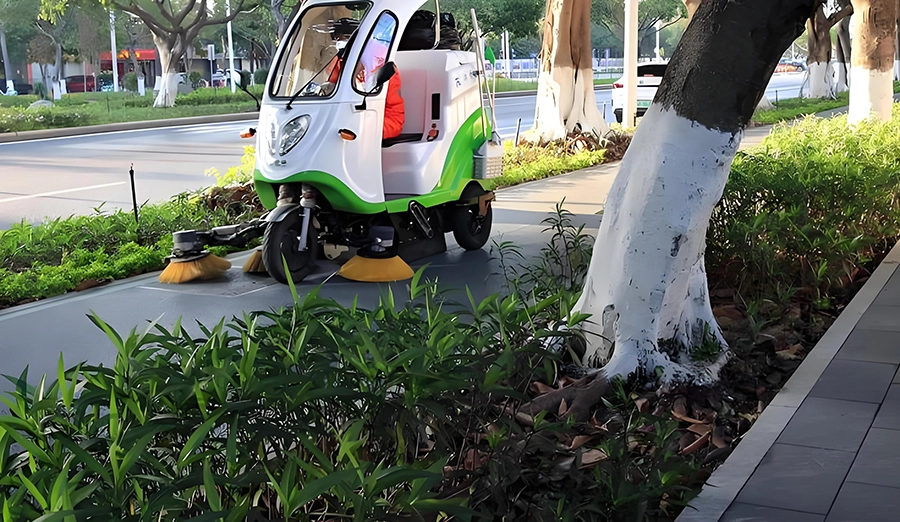
WIRELESS CHARGING IN THE NEWS
In the industrial field, the disappearance of a single cable might be the beginning of a green revolution. While enterprises are competing to lay out their carbon neutrality goals, wireless charging technology is quietly and imperceptibly reconstructing the environmental protection logic from the source of energy transmission - it is not only a change in the power supply mode of equipment, but also an invisible driver for the green transformation of industry.
I. Subtraction Logic: From "Waste of Wires" to "Zero Waste Charging"
Traditional industrial equipment relies on a large number of charging interfaces and cables. Due to frequent plugging and unplugging, aging and damage, these components need to be replaced on average every 23 years, generating tens of thousands of tons of electronic waste. Wireless charging transmits energy through electromagnetic fields, eliminating the consumption of physical interfaces. Take a certain home appliance giant as an example. After all 38 of its factories worldwide switched to AGV wireless charging systems, it reduced copper cable consumption by 120 tons and plastic connectors by 450,000 each year, which is equivalent to saving 400 tons of copper ore mining. This "cable-free" design enables enterprises to reduce resource consumption from the source of the supply chain, which is in line with the concept of a circular economy.
Ii. Energy Efficiency Revolution: "Precise Energy Supply" in Magnetic Fields
The traditional plug-in mode has significant standby energy consumption - even when the device is not running, the charger still continuously consumes power. The wireless charging system, through intelligent sensing technology, can achieve "power supply on demand" : when the device enters the charging area, the magnetic field is automatically activated, and it immediately goes into sleep mode after leaving. The German Bosch Group found in its pilot plant that this technology has increased the overall energy efficiency of production line equipment by 18% and reduced carbon dioxide emissions by 3,200 tons annually. This "contactless and zero-standby" feature makes energy waste nowhere to hide.
Iii. Green Power Synergy: Making Clean Energy "on Demand"
Wireless charging technology has a natural compatibility with renewable energy. At Tesla's Berlin Gigafactory, the electricity generated by rooftop solar panels is directly transmitted to mobile robots through magnetic resonance systems, eliminating the intermediate link of energy storage batteries and reducing energy loss by 12%. Similarly, a certain port in Denmark has combined wind power with wireless charging for quay cranes to achieve 24-hour direct green power supply. This "generate and use immediately" model has solved the intermittent problem of wind and solar power, enabling industrial equipment to truly use "zero-carbon electricity".
Iv. Long Lifespan Effect: The "Low-carbon Gene" of the Equipment Ecosystem
Mechanical wear of industrial connectors often leads to the premature scrapping of equipment. The wireless charging module, as there is no physical contact, has a service life of over 10 years and supports modular upgrades. Tracking data from 200 wirelessly charged machine tools by Kawasaki Heavy Industries of Japan shows that the equipment failure rate has decreased by 67% and the life cycle has been extended by 40%. More durable operation means fewer iterations of production equipment, thereby reducing the carbon emissions generated by manufacturing new equipment - this hidden carbon reduction value is rewriting the environmental assessment system of industrial equipment.
The Future: The "Wireless Code" of Green Industry
According to the "Global Industrial Carbon Neutrality White Paper", by 2030, wireless charging technology will help the manufacturing industry reduce 120 million tons of carbon dioxide emissions, equivalent to the annual carbon sink of 34 million hectares of forest. As more and more enterprises incorporate wireless charging into their ESG strategies, its environmental value has transcended the technology itself and become a new yardstick for measuring the advancement of industrial civilization.
From the disappearance of a single cable to the rebirth of a forest, wireless charging is proving that a true green revolution does not necessarily require grand narratives. Those energy trajectories hidden in the magnetic field might just be the key to a sustainable future.







